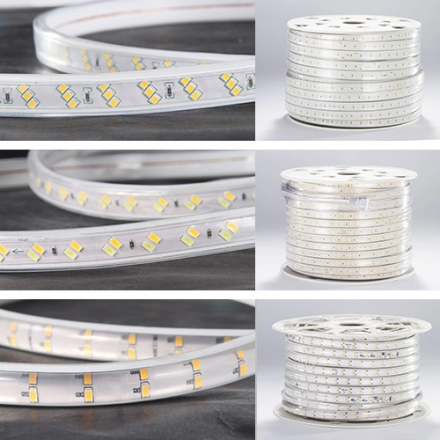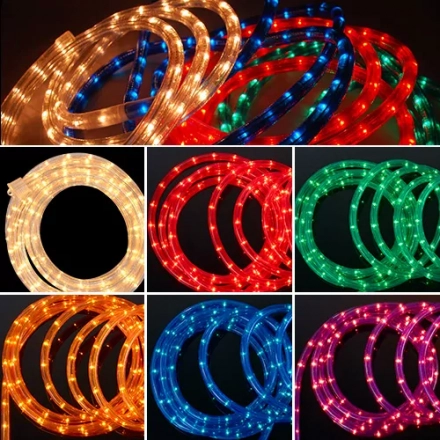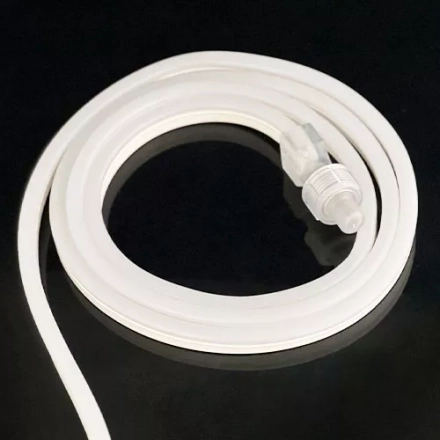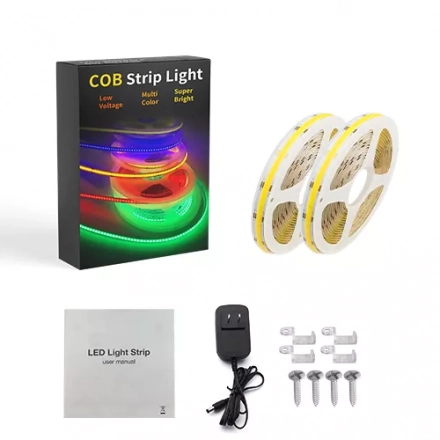An Objective Analysis of the Potential of "WiFi RGB LED Strip" in Comparison to "Addressable LED Neon Strip"
In the world of decorative lighting, both WiFi RGB LED strips and addressable LED neon strips have gained significant popularity. While they serve similar purposes, there are notable differences between them in terms of functionality, aesthetics, and ease of use. In this article, we will objectively analyze the potential of WiFi RGB LED strips when compared to addressable LED neon strips.
Functionality:
WiFi RGB LED strips offer a wide range of functionality due to their wireless connectivity. With the ability to connect to a WiFi network, these LED strips can be controlled remotely using a smartphone, tablet, or other compatible devices. Users can adjust colors, brightness, and even program dynamic lighting effects using dedicated mobile applications or voice commands. On the other hand, addressable LED neon strips provide more limited functionality, typically allowing users to control individual sections or segments of the strip independently. While addressable LED neon strips can still produce visually stunning effects, their control options are usually more manual and require physical input.
Aesthetics:
When it comes to aesthetics, both WiFi RGB LED strips and addressable LED neon strips offer unique advantages. WiFi RGB LED strips, with their ability to produce a wide spectrum of colors and dynamic lighting effects, provide more versatility in terms of creating different moods and ambiances. They can be easily customized to match specific preferences or adapt to different occasions. On the contrary, addressable LED neon strips often come in a single color, such as white or a specific hue, giving them a more consistent and uniform appearance. These strips excel in providing a clean, modern, and minimalistic aesthetic.
Ease of Use:
WiFi RGB LED strips have an edge in terms of ease of use due to their wireless functionality. Users can control them from anywhere within the range of the WiFi network, eliminating the need for physical proximity to the lighting setup. Additionally, the availability of user-friendly mobile applications makes it simple to set up and control the LED strips. Addressable LED neon strips, while not as convenient to control remotely, are relatively straightforward to install and use. They usually come with simple interfaces and require basic knowledge of connecting wires and power sources.






